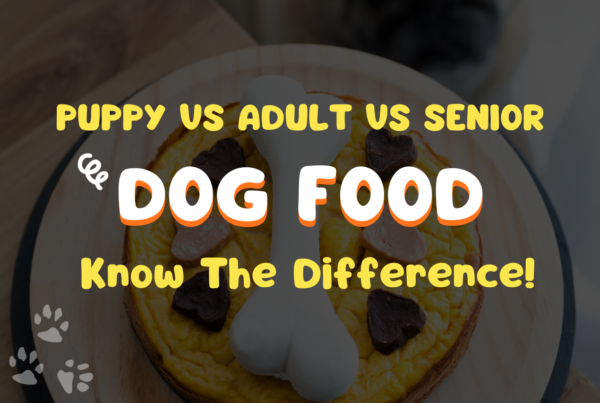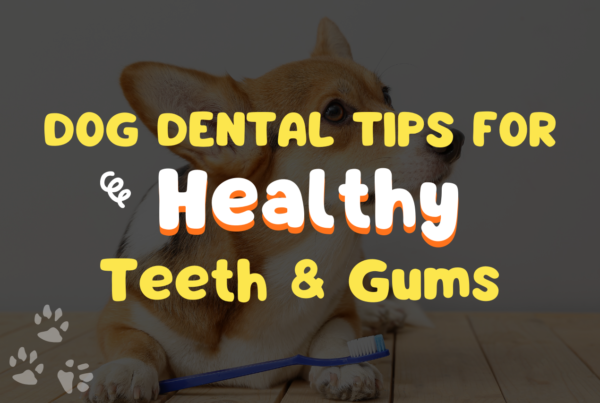
Some dog owners enjoy giving their pet anything they want, even sugary treats. It may come as a shock to many new dog owners to learn that chocolate isn’t just unhealthy for dogs; it’s poisonous. Even seasoned dog owners occasionally become surprised by their pet’s reactions to chocolate.
In this post, we’ll discuss how much chocolate is too much, which varieties are the most hazardous, and what symptoms to watch out for that might indicate your dog needs medical attention.
Is Chocolate Toxic To Dogs?
Yes, dogs are poisoned by chocolate. Although too much consumption of chocolate rarely leads to death, it can still result in serious illness. Chocolate is poisonous because it includes theobromine and caffeine. Theobromine, the primary toxin in chocolate, resembles coffee.
Both substances have medical uses as a smooth muscle relaxant, blood vessel dilator, diuretic, and stimulant of the heart. Theobromine and caffeine are not metabolized by dogs as well as they are by humans. Dogs are therefore more susceptible to the impacts of the toxins.
How Much Chocolate Is Toxic To Dogs?
Giving your dog any chocolate or foods containing chocolate is not recommended. Unfortunately, not even chocolate chip cookies, cake, brownies, and ice cream.
It’s hard to keep an eye on our pets at all times, and a dog can consume chocolate before we notice. A dog’s ability to consume a certain amount of chocolate without getting sick depends on the type of chocolate, the dog’s size, and its breed.
A dog runs the danger of chocolate poisoning if they consume more than 9 mg of chocolate per pound of body weight. Theobromine content varies among various kinds of chocolate. For example, cooking chocolate and dark chocolate have high theobromine content, making even a tiny amount of these chocolates dangerous.
Even more theobromine is present in cocoa powder and beans, which are both exceedingly poisonous. For instance, a small dog may experience convulsions after ingesting just a few grams of cocoa powder, so even a lick might be dangerous!
On the other hand, since white chocolate has less theobromine than dark chocolate, pets who have consumed a modest amount may not require medical attention. If your dog accidentally ate white chocolate, he/she may not require any kind of treatment since it has very low theobromine levels and is rarely hazardous to dogs.
What If My Dog Ate Chocolate But Seems Fine?
Some canines have been known to consume chocolate and then act normally. If a dog consumes chocolate but does not exhibit clinical symptoms, it is simply because they did not consume enough methylxanthines, the caffeine’s active components, to reach the lethal threshold.
But bear in mind that any type of chocolate is bad for dogs, so consult your vet regardless of how your dog behaves. Your dog is more likely to require treatment the more chocolate he consumes.
What Are Signs Your Dog Ate Chocolate?
If you suspect that your dog has had chocolate, you may be curious about the symptoms to look out for. Knowing what to watch for will enable you to react more quickly if symptoms appear. Similar to humans, each pet will experience a reaction differently.
Chocolate toxicity can include vomiting, diarrhea, excitability, tremors, a rapid heartbeat, irregular heartbeats, and seizures. Insufficient veterinary treatment can result in chocolate poisoning being lethal.
The best course of action is to contact a veterinarian as soon as you can if you suspect that your pet consumed chocolate. This raises the likelihood that your pet will be fine. Waiting for symptoms to show can be dangerous, and you’re wasting precious time that a veterinarian could be using to aid in your pet’s recovery.
The quantity, type, and weight of the dog must all be known in order to assess whether a dog consumed a risky quantity of chocolate. As mentioned before, a dose of 19 mg per pound of body weight can cause severe sickness.
Again, your best bet if you are uncertain about the situation, is to consult a reputable veterinarian. Always keep in mind that there is no such thing as being overly cautious when it comes to the life of your pet.
How Long Does Chocolate Toxicity Last In Dogs?
Your dog’s absorption of theobromine can be reduced if you take prompt action or sought medical attention. Recovery could take one to three days because all the substance still needs time to leave the body.
If your dog was exhibiting symptoms, he might have been restless and without food for one or two days. Even if your dog displayed no symptoms at all, you should keep an eye on him for a few days.
How To Reduce The Risk Of Your Dog Eating Chocolate
Limit Access To Chocolate For Dogs
There is more chocolate lying around the house throughout the Easter, Halloween, and Christmas seasons. Your dog might consume a hazardous snack if unattended or not put away securely. If you have young children, the risks are enhanced since they could be easy targets for food theft or they might unintentionally try to feed the dog.
Any cocoa items should be kept out of your dog’s reach or locked away. If your dog has a knack for opening cabinets, you should be particularly cautious about where you keep it. If your dog is a notorious scavenger, keep a watch out for anything going missing since most dogs will happily snare some chocolate if left alone.
Switch To Chocolates With Lower Theobromine Levels
Purchase chocolate with low theobromine content because chocolate created with more cocoa, such as dark chocolate and cooking chocolate, has a higher theobromine content. Even a big dog can be poisoned by a modest bit of dark chocolate.
Even if theobromine levels in milk and white chocolate are lower, it is still best to keep in mind that dogs and chocolate don’t mix. If you bring chocolate into the house, be careful and store it in a high, inaccessible place.
Training
Additionally, it’s crucial to teach your pet the “leave it” command to stop them from grabbing objects—either food or other inedible stuff—that they shouldn’t. Early training of your dog in good manners and obedience can prevent a lot of hassle later on for both you and them.






